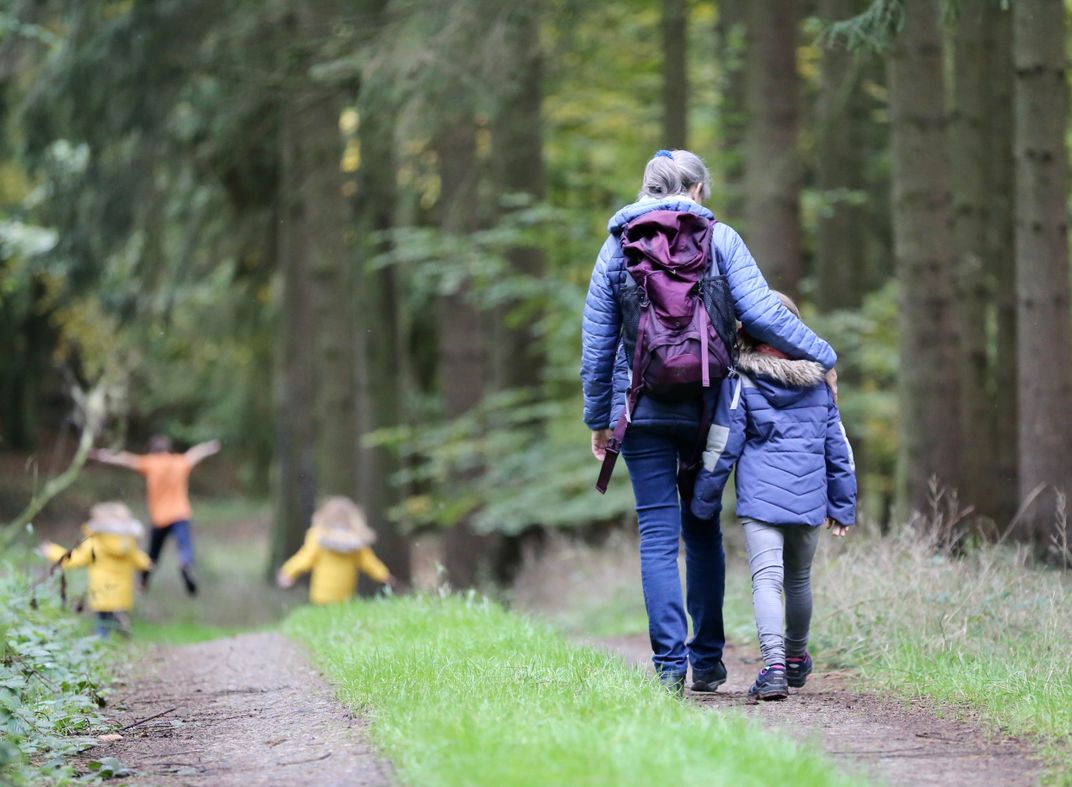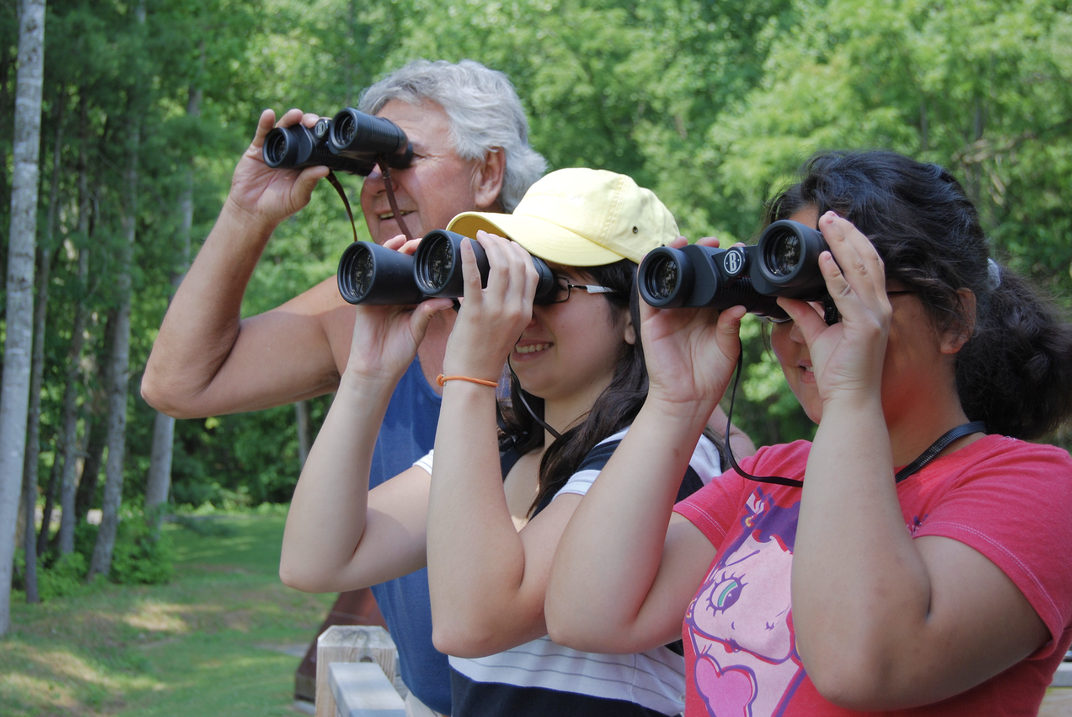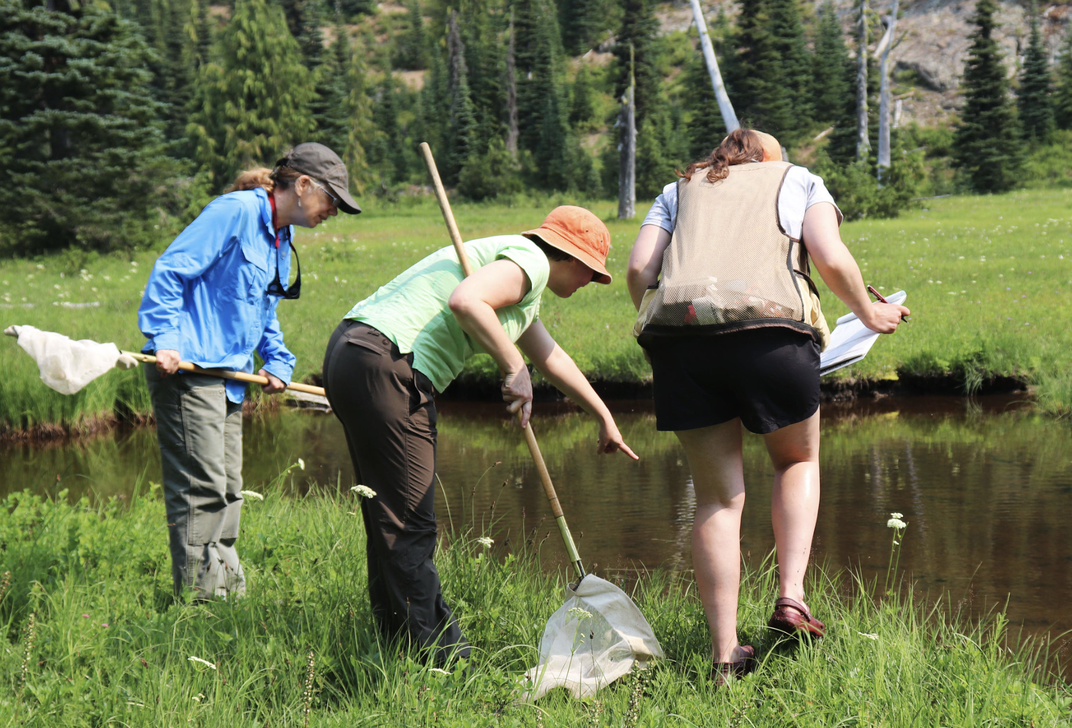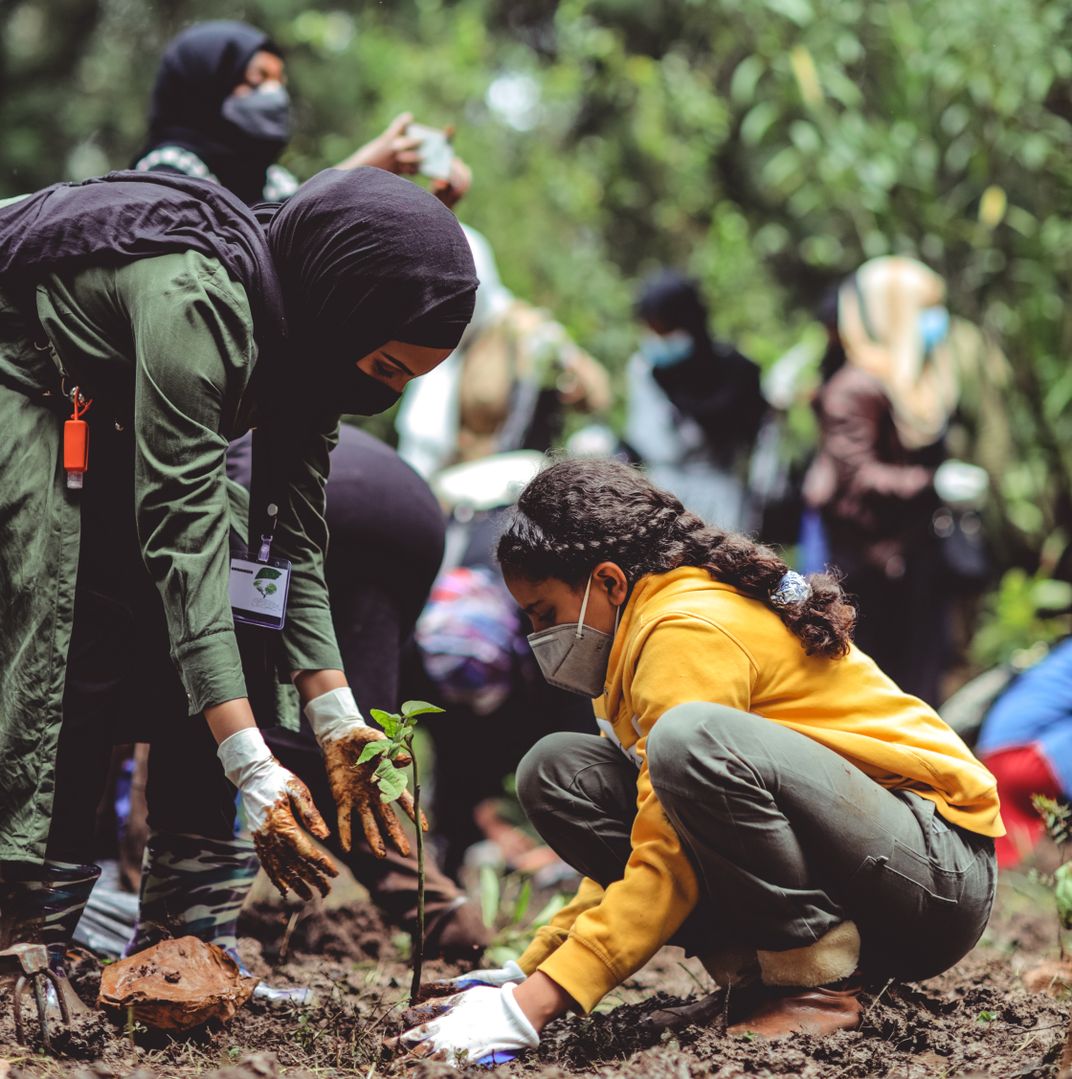How to Celebrate Earth Day Every Day
The greenest day of the year is almost here, but our planet could still use some help long after the sun sets on Earth Day
:focal(2562x1703:2563x1704)/https://tf-cmsv2-smithsonianmag-media.s3.amazonaws.com/blogging/featured/kenny-eliason-qo6_mo9dsYg-unsplash.jpg)
After a long winter, the world always seems to buzz with activity: birds start reappearing in backyards, choruses of amphibians sing throughout the night, and vibrant flowers seem to pop up out of nowhere. With natural beauty everywhere we look and perfect weather beckoning us outdoors, it's no wonder that so many people want to learn more about – or even give back to – our planet around this time of year.
A lot of this environmental action is centered around Earth Day, of course, but what if you’re already itching to get outside? Or, what if you want to keep the momentum going after all the big green celebrations are over?
With the right mindset, every day can be Earth Day! There are always opportunities to connect with nature and help protect it for generations to come. To get started, here’s a few ideas of things you can do at home or around your community.
Explore your local ecosystem
Cultivating a relationship with nature often starts at home. Whether you live in a verdant rural landscape or a bustling urban center, your first steps are easy: just take a few outside!
Our Places: Connecting People and Nature at the National Museum of Natural History emphasizes the benefits of frequent exposure to the outdoors, including reduced stress, expanded creativity, and all-around improved wellbeing. Throughout the exhibit, scientists and community leaders share their stories of the waterways, landscapes, and other special places that have shaped their lives, and in turn, inspired them to make sure others can have those experiences too.
The interactive exhibit offers lots of opportunities to pledge to protect your favorite places. You can also highlight them on the exhibit’s virtual Storymap from wherever you are. Then, head back outside to discover something new near you and make even more memories to share.

Meet your wild neighbors
Have you ever wanted to know what kinds of birds are singing outside your window in the morning? Or wondered what kind of creatures wander around your home at night?
You don’t have to be an expert to get to know the wildlife in your neighborhood – anyone can learn how to identify local species by studying their patterns, their calls, or their footprints. Reporting your sightings may help scientists track down key data for research projects or conservation efforts.
Budding birdwatching enthusiasts can start by downloading the free eBird app. Every bird counts in this global database of crowdsourced avian observations, which can be used to monitor populations, identify key habitats to protect, and inform conservation decisions.
If you prefer fur over feathers, you can head over to the eMammal website instead. There, you can browse and identify photos of rare, nocturnal, or otherwise elusive wildlife snapped on motion-activated camera traps, both from remote research projects and other users’ backyards.
If you want a balance of watching birds while not straying far from home, you can join the Smithsonian Migratory Bird Center’s Neighborhood Nestwatch program. Participants invite a scientist for a yearly visit, where they will catch nearby birds, take measurements, and release them with a distinctive tag to keep an eye out for during the rest of the year. By tracking how often certain birds return – and how successfully they care for their nests – a house or school can become an important data point for urban ecology research on how human development impacts wildlife.

Become a (community) scientist
Reporting the natural phenomena around your home is a good way to help experts study our changing world, but some people prefer to get their hands dirty too. That’s why “community scientists” of all ages sign up to help professional researchers with their projects.
Many of the Smithsonian Environmental Research Center’s scientists rely on volunteers to collect data on their experimental facilities near Edgewater, Maryland. Browse SERC projects that are seeking volunteers here, or sign up for their newsletter to stay up to date on new initiatives and seasonal opportunities. As of this writing, you could find yourself digging for artifacts alongside an archeology crew, identifying invertebrates hiding under docks, collecting mud crabs to check for signs of invasive parasites, and more.
If you’re not near SERC, but you are one of the over 18 million people living in the Chesapeake Watershed, grab your smartphone to join the Chesapeake Water Watch team. After taking an in-person or virtual training, you can help scientists train satellites to monitor the health of the Bay.
If you’re even farther afield, there are plenty of services that can connect you with scientific projects seeking assistance, from the federal Citizen Science Catalog to a Zooniverse of people-powered research opportunities.

Make a change in your community
Change can be challenging, but it’s just as natural as anything else in our wild world. Many people start their environmental journeys with simple eco-conscious behaviors, like growing native plants in their gardens, eating foods that are better for you and the planet, or making sustainable product swaps.
If you want to have a bigger impact, though, you’ll need to seek out others who want the same changes you do. We already know that collective action is effective – the Smithsonian Anacostia Community Museum’s new Center for Environmental Justice will highlight proof from the long history of people fighting for a healthier and more equitable world. Their research also aims to uncover lessons from those past successes to help the leaders of today and tomorrow find solutions to ongoing injustices.
Think like the teen changemakers in the Earth Optimism Youth Action and Leadership program – they work together to create projects that address environmental concerns in their communities. If a group doesn’t already exist in your area, no problem! Students of all ages can kickstart their own actions anytime, thanks to tools like the Smithsonian Environmental Education Center’s Environmental Justice! guide that take you through the whole process, from conducting surveys to better understand the situation to designing an innovative and equitable solution.


